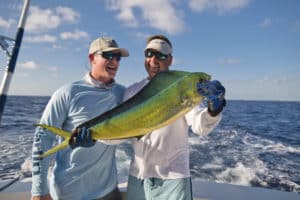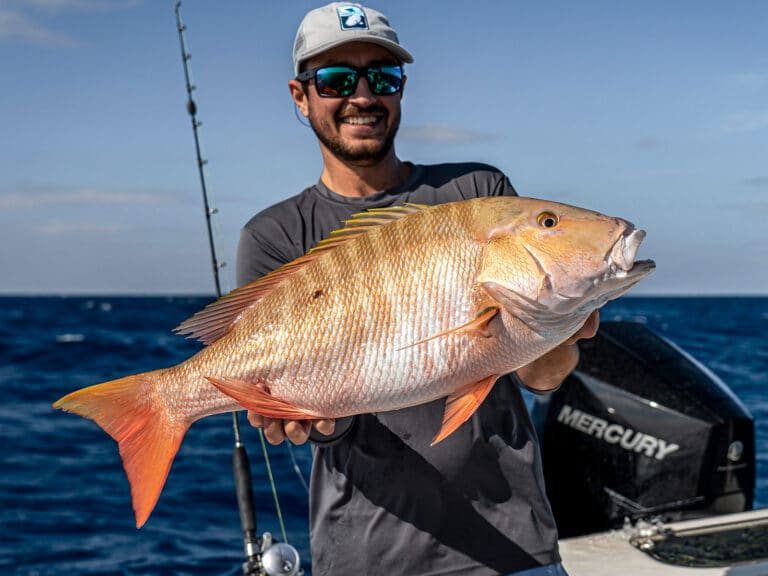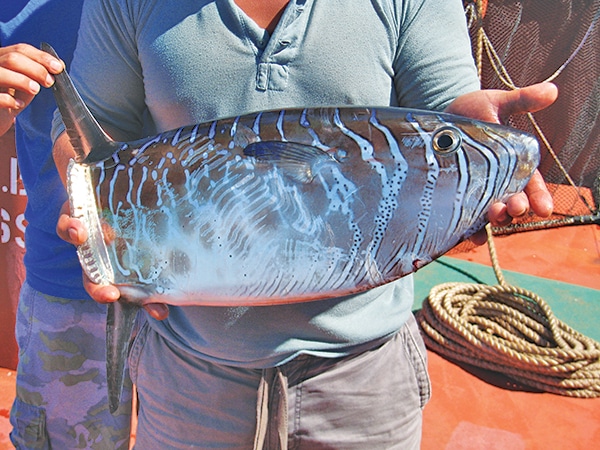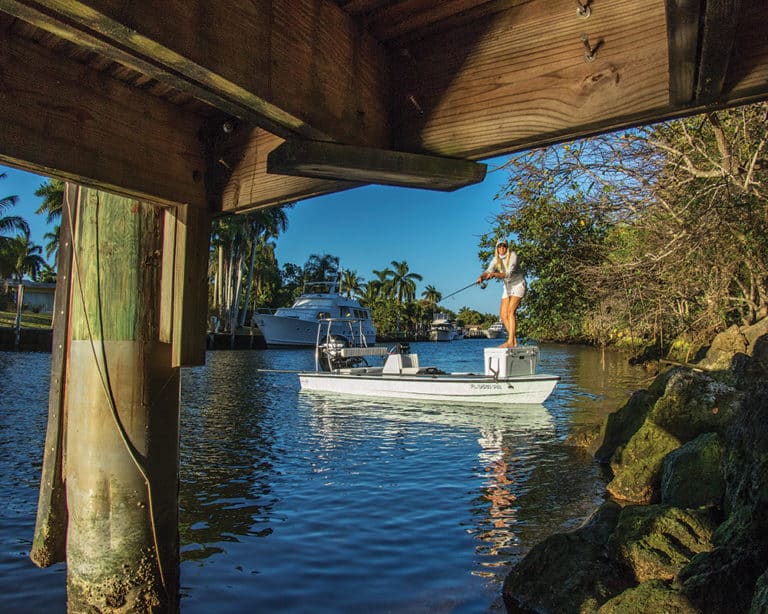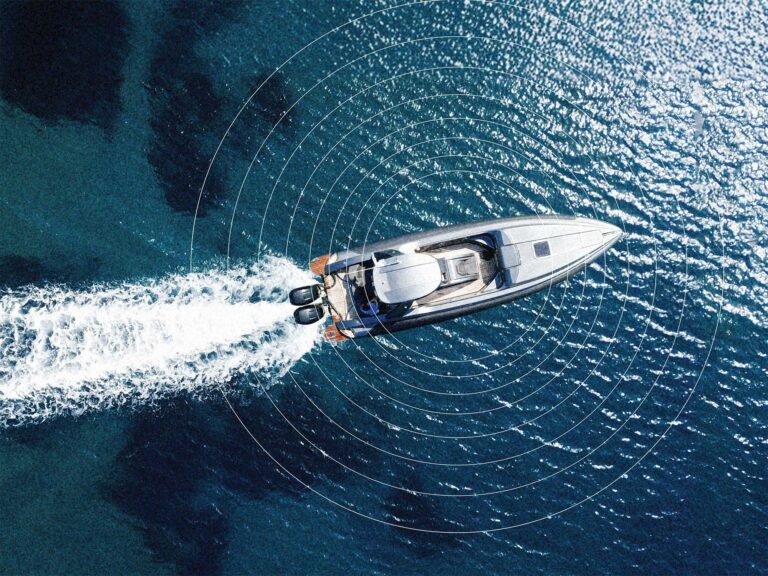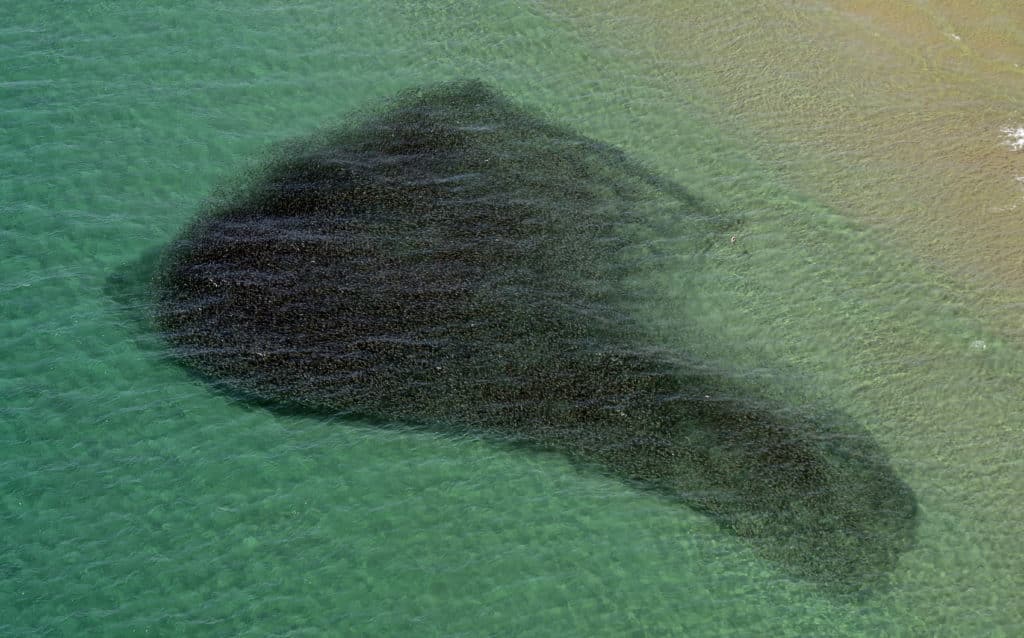
Mullet from Above
With the exception of live bait aficionados, most recreational anglers habitually focus on large predatory fish rather than small herbivorous ones. Be it salmon or sailfish, our brains naturally focus on fish like these more than they do on species like menhaden or mullet. But should we?
Turns out that these little schooling fishes—forage fish, if you will – matter a great deal. The commercial industry has known this for some time, as some of the world’s largest fisheries focus on forage fish such as anchovies, sardines and menhaden. Many of these fisheries reduce their catch to fish and animal feed and fish oil for everything from vitamins to cosmetics.
However, these little guys have a very important role to play in their respective ecosystems as food for other species, not the least of which are the game fish we all love to pursue. Accordingly, fisheries managers need to focus on not only how many of these fish can be harvested, but also how many need to be left in the sea to fulfill their natural role of being eaten by other critters.
Recently, IGFA hosted a meeting to discuss this very subject. Representatives from the recreational fishing community, academia, CCA, PEW Environmental Group and the Florida Fish and Wildlife Conservation Commission (FWC) convened to share the latest information on forage fish research and management and how it is or may be incorporated in Florida.
Dr. Ellen Pikitch of Stony Brook University presented results from a panel she chaired that investigated the importance of some of the world’s key forage fish species. Short story is that these species are incredibly important. Here are some of the take home messages:
- Forage fish represent a critical link in ocean food webs because they feed on plankton, which produce energy from the sun, and they transfer this energy to seabirds, marine mammals, and larger fish such as tuna, salmon, and cod.
- Because their populations fluctuate considerably, they school in large numbers and can be caught relatively easily, forage fish are especially prone to overfishing and collapse.
- When forage fish populations collapse, so do our favorite game fish.
- Globally, forage fish have a commercial value of only $5.6 billion, but their supportive value to other commercially important species (e.g., tuna, swordfish, etc.) is worth nearly double that amount—and that doesn’t even begin to factor in the recreational value of game fish.
For all that the mix of attendees at the meeting looked like strange bedfellows_,_ there was universal consensus that we need to give more attention to forage fish. FWC already does a good job of managing several species at relatively high levels of abundance for recreational anglers, so it only makes sense that we make sure that they have plenty to eat. As Dr. Pikitch so eloquently stated, “Pilchards turn sunshine into snook”.


